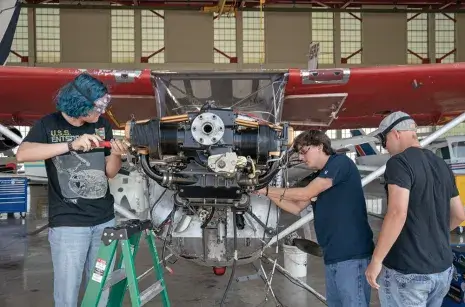Case study
Peer Mentorship in Palo Alto, California

Cross-Class Relationships in the Classroom
Relationships across class lines do not form on their own, especially among young people. Even in schools with diverse student bodies, friend groups often consist of peers who share a race or class background. A pilot program in one California high school shows how teachers can help to activate meaningful interactions between students of varying socioeconomic statuses in the classroom.
Many students at Palo Alto High School (Paly) come from affluent households with parents working in the Silicon Valley, and around 10% of students are enrolled in the Free/Reduced Lunch Program. However, like many other public high schools across the country, these students often are not in the same classes together. This is especially true of the AP college preparatory classes at Paly, which are populated mainly by students from higher income families.
Three Paly teachers, Lucy Filppu, Mary Sano, and Aparna Sankararaman, have been working to disrupt this system. The teachers designed a mentoring program between students in two sequential classes of the AP Capstone Pathway program: AP Seminar and AP Research. The teachers recruited students in the AVID program, which gives academic support to first-generation students, into the AP Seminar. They then built a structured peer mentorship program that allows for frequent interactions between the AP Seminar and AP Research students, many of whom did not otherwise socialize on campus. The mentor pairs meet every other Friday and work on shared learning goals and other activities, often over snacks.
While the AP peer mentorship program is still new, the results so far are positive for all students. Many of the mentors have built relationships outside of their usual bubbles and are learning how to be leaders. Meanwhile over 60% of the mentees have higher GPAs than they did before the program, and many are also getting ready to become mentors themselves. Additionally, around 90% of the students have said they feel connected to someone they would not have known otherwise and 85% of them have spent time with each other outside of the classroom.
As Paly’s AP peer mentorship program shows, schools are natural places where cross-class relationships can flourish. But these friendships will not develop without deliberate action. The right programming can help build an environment that provides young people with the tools and confidence they need to connect across lines of difference.

